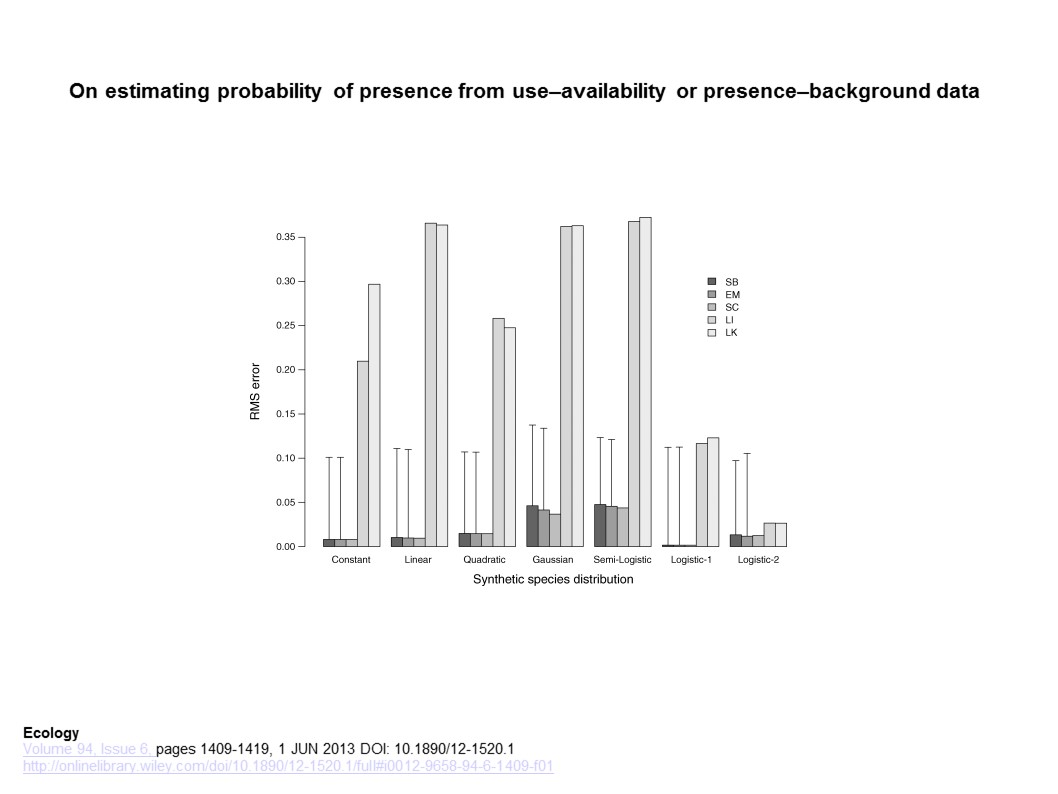Rare species distribution modeling is inherently difficult due to the issue of relatively low number of occurrence points relative to a high number of explanatory variables. To alleviate this difficulty a researcher could reduce the number of predictor variables used in the model such that the ratio of predictors to occurrence points is 1:10. This method can be problematic for extremely rare species where 20 occurrence points would only allow for two predictors. Additionally, there is an elevated interest in modeling distributions for rare species due to the conservation interests of these species. The mismatch between the need to model rare species distribution and the difficulty in doing so is termed the “rare-species modeling paradox.” A method in which many models containing a few predictors are created and then averaged according to weighted scores based on model performance has been proposed to get around the difficulties of modeling the distributions of rare species. This method, called an ensemble of small model (ESM), was applied reasonably well to a single endemic species of the Iberian Peninsula, but had yet remained untested against traditional species distribution models (SDM). This paper looks at how ESMs compare traditional SDMs for 107 species of varying rarity. 107 species of vascular plant were selected for this analysis and split into three groups, very rare, rare, and less rare. GLMs, GBMs, Maxent, and their ensemble prediction (EP) were constructed for all species using 11 predictors. A linear mixed effects model was used to test for the effects of modeling strategies (ESMs, traditional SDMs), modeling techniques (GLM, GBM, Maxent, EP), sample size, and the two way interaction between the factors. The linear mixed effects model showed that ESMs nearly always outperformed their standard counterpart. The effects of all factors on model performance was significant. Modeling strategy interacted with sample size, where species with a low sample size (very rare) benefitted the most from the use of ESMs. This paper shows that ensembles of small models can be an effective way for modeling rare species. This study was conducted using only vascular plants and the method will need to be tested on other taxonomic groups to prove validity, though the authors anticipate similar success when implemented.
Breiner, F. T., Guisan, A., Bergamini, A., & Nobis, M. P. (2015). Overcoming limitations of modelling rare species by using ensembles of small models. Methods in Ecology and Evolution, 6(10), 1210-1218. DOI: 10.1111/2041-210X.12403


